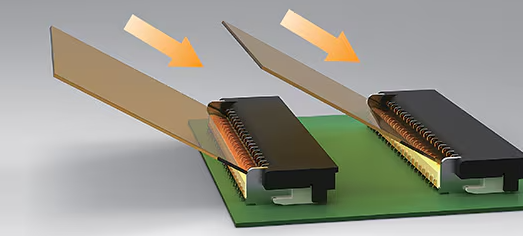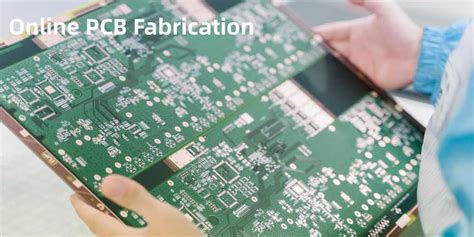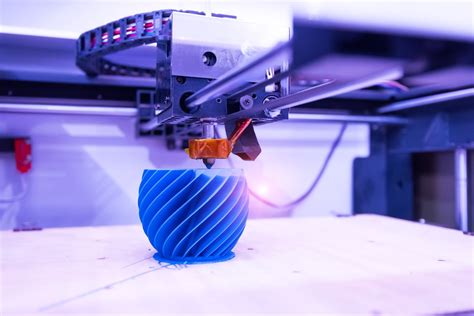Optimizing Industrial Control PCB Assembly for Reliability
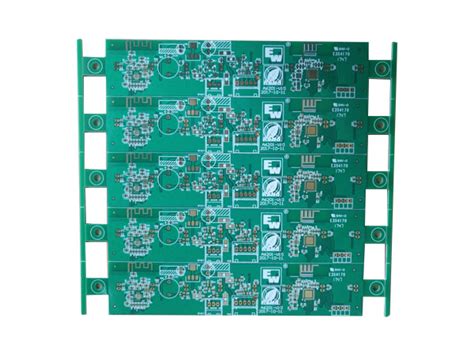
Key Takeaways
Effective PCB assembly for industrial control systems demands meticulous attention to design precision, component durability, and testing rigor. Start by integrating thermal management strategies into layout designs to mitigate heat-related failures in harsh environments. Prioritize high-reliability components rated for extended temperature ranges, vibration resistance, and moisture protection to ensure longevity.
Tip: Always validate PCBA prototypes under simulated operational stressors—such as thermal cycling and shock tests—before full-scale production.
Robust PCB assembly processes should adhere to IPC-A-610 standards for solder quality and mechanical integrity. Implement automated optical inspection (AOI) and X-ray testing to detect latent defects in multilayer boards. For mission-critical applications, consider conformal coating to shield circuits from contaminants like dust and chemicals.
Finally, align PCBA validation with industry-specific certifications (e.g., UL 61010 for industrial equipment) to guarantee compliance and reliability. By harmonizing design, component selection, and testing protocols, manufacturers can systematically reduce failure rates and enhance the operational resilience of industrial control systems.
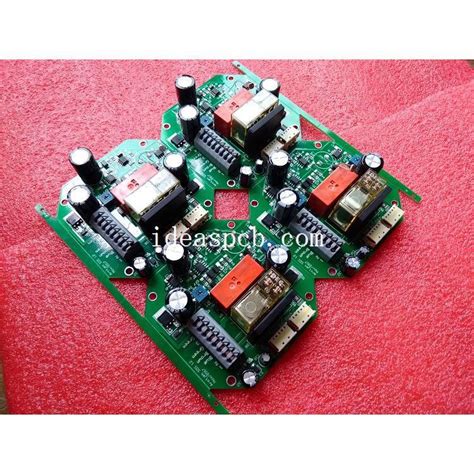
Precision Design Techniques for Robust PCBs
Effective PCB assembly for industrial control systems begins with precision design methodologies that address electrical, thermal, and mechanical stressors. A critical focus lies in optimizing trace routing to minimize electromagnetic interference (EMI), ensuring signal integrity in high-noise environments. Designers prioritize thermal management by integrating copper pours and strategically placing vias to dissipate heat from power-hungry components like MOSFETs or voltage regulators.
Material selection plays a pivotal role in PCBA durability. Industrial-grade substrates, such as FR-4 with high glass transition temperatures (Tg), withstand thermal cycling better than standard materials. For extreme conditions, polyimide-based laminates offer superior resistance to humidity and chemical exposure.
| Design Factor | Standard PCBA | Industrial PCBA |
|---|---|---|
| Substrate Tg | 130-140°C | 170-180°C |
| Copper Weight | 1 oz/ft² | 2-3 oz/ft² |
| Surface Finish | HASL | ENIG or Immersion Silver |
Equally critical is adhering to Design for Manufacturability (DFM) principles. This involves maintaining adequate clearance between components for automated placement and specifying solder mask expansions to prevent bridging during reflow. By balancing these elements, PCB assembly processes yield boards capable of enduring vibrations, temperature extremes, and prolonged operational cycles inherent to industrial settings.
Component Selection Strategies for Harsh Environments
Building on precision design foundations, selecting appropriate components is critical for ensuring PCB assembly resilience in demanding industrial settings. Components must withstand extreme temperatures, vibration, and humidity fluctuations common in manufacturing plants or outdoor installations. Start by prioritizing industrial-grade ICs and connectors rated for extended temperature ranges (-40°C to +125°C), which maintain stability during thermal cycling. For high-vibration environments, opt for surface-mount devices (SMDs) with reinforced solder joints over through-hole components to reduce mechanical stress.
In PCBA projects, moisture-sensitive components require protective coatings such as silicone conformal coating or potting compounds. These barriers mitigate corrosion risks from airborne contaminants or condensation. Additionally, leverage solid-state relays instead of electromechanical ones to eliminate moving parts prone to wear. When sourcing materials, verify supplier certifications (e.g., AEC-Q200 for passive components) to guarantee compliance with industrial durability standards.
Transitioning to assembly, ensure automated optical inspection (AOI) systems validate component placement accuracy, particularly for fine-pitch parts. This step minimizes latent defects that could escalate under operational stress. By aligning component specifications with environmental challenges, engineers create PCB assemblies capable of sustaining long-term performance, seamlessly bridging design rigor with subsequent testing protocols.
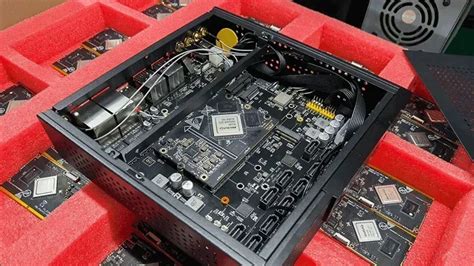
Rigorous Testing Protocols for Industrial PCBs
Implementing rigorous testing protocols is critical for ensuring the long-term reliability of industrial control PCB assembly in demanding operational conditions. Modern PCBA validation begins with environmental stress testing, exposing boards to extreme temperatures (-40°C to 125°C), humidity fluctuations, and corrosive atmospheres to simulate decades of field use. Accelerated life testing (ALT) methods, such as thermal cycling and vibration resistance assessments, identify potential weak points in solder joints and component mounting integrity.
For mission-critical applications, PCB assembly processes incorporate electrical performance validation using automated test equipment (ATE) to verify signal integrity under load variations. High-voltage insulation resistance checks and transient surge testing further ensure compliance with industrial safety standards like IPC-6012 and IEC 61189-3. Advanced facilities now integrate failure mode analysis tools, including X-ray inspection and cross-sectional microscopy, to detect micron-level defects in multilayer boards.
To maintain alignment with upstream design and downstream manufacturing stages, PCBA testing protocols employ predictive maintenance algorithms that analyze historical failure data. This approach not only validates immediate performance but also informs future design iterations, creating a closed-loop quality system. By combining these methodologies, manufacturers achieve defect rates below 50 ppm while meeting the stringent MTBF (mean time between failures) requirements of industrial automation systems.
Environmental Resilience in Control Systems
Achieving environmental resilience in industrial PCB assembly requires addressing multiple stressors inherent to harsh operational settings. Temperature fluctuations, moisture ingress, and exposure to corrosive agents demand specialized design adaptations in PCBA processes. Engineers prioritize conformal coatings and advanced encapsulation materials to shield circuitry from contaminants while maintaining thermal stability. For control systems deployed in extreme climates, selecting components rated for extended temperature ranges (-40°C to +125°C) ensures consistent performance despite thermal cycling stresses.
Mechanical robustness is equally critical, particularly in vibration-prone environments like manufacturing floors. Implementing ruggedized mounting strategies—such as through-hole components with reinforced solder joints—reduces failure risks from repetitive shocks. Additionally, integrating IP-rated enclosures during PCB assembly enhances protection against dust and liquid ingress without compromising heat dissipation. To validate resilience, accelerated life testing simulating decades of field exposure verifies the PCBA’s endurance under combined thermal, mechanical, and chemical stressors. These measures collectively extend service life while reducing maintenance costs in mission-critical industrial applications.
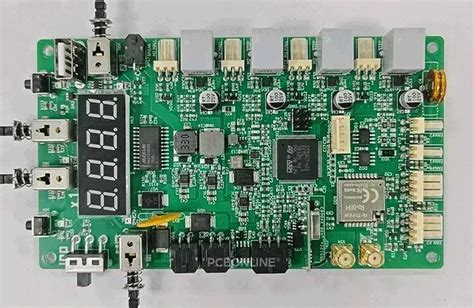
Manufacturing Best Practices for PCB Reliability
Achieving consistent reliability in PCB assembly requires strict adherence to manufacturing protocols tailored for industrial control systems. Central to this is maintaining controlled environments during production, where temperature and humidity levels are stabilized to prevent material warping or solder joint defects. Advanced PCBA workflows integrate automated optical inspection (AOI) systems to detect micro-cracks or misalignments at early stages, reducing rework costs and ensuring traceability.
Critical to longevity is the application of high-precision soldering techniques, such as reflow soldering with nitrogen atmospheres, which minimizes oxidation risks in fine-pitch components. For boards destined for harsh environments, manufacturers prioritize conformal coating processes to shield circuitry from moisture, dust, and chemical exposure. Material selection also plays a pivotal role—using high-Tg (glass transition temperature) substrates and robust connectors ensures structural integrity under thermal cycling.
To align with quality control standards, PCB assembly lines implement statistical process control (SPC) tools, monitoring variables like solder paste volume and placement accuracy. Post-assembly, accelerated life testing (ALT) simulates years of operational stress within days, validating performance thresholds. By coupling these practices with rigorous documentation, manufacturers bridge the gap between design intent and real-world durability, ensuring PCBA outputs meet the exacting demands of industrial automation systems.
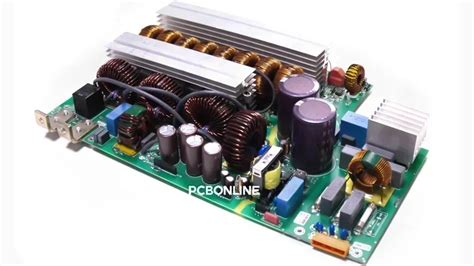
Quality Control Standards in Assembly Processes
Adherence to stringent quality control standards is non-negotiable in industrial control PCB assembly, where operational failures can lead to costly downtime. Modern PCBA manufacturing relies on internationally recognized benchmarks like IPC-A-610 for acceptability criteria and J-STD-001 for soldering requirements, ensuring consistency across production batches. Critical steps include automated optical inspection (AOI) to detect solder defects and X-ray inspection for hidden issues in ball grid arrays (BGAs).
Material traceability systems are equally vital, tracking components from procurement to final PCB assembly to prevent counterfeit parts. Environmental stress screening (ESS)—such as thermal cycling and vibration testing—validates resilience under simulated harsh conditions. Advanced PCBA suppliers also implement statistical process control (SPC) to monitor variability in real time, minimizing deviations before they escalate.
These protocols are reinforced by third-party certifications like ISO 9001, which mandate auditable documentation of every assembly stage. By integrating these measures, manufacturers achieve zero-defect thresholds while aligning with industry-specific regulations for safety-critical applications. The result is industrial control systems capable of sustaining decades of uninterrupted service in demanding settings.

Failure Prevention Methods in Control Boards
Implementing robust failure prevention strategies in PCB assembly for industrial control systems begins with addressing root causes of malfunctions in harsh operational environments. Thermal management plays a critical role, as excessive heat accelerates component degradation. Designers mitigate this by integrating high-Tg (glass transition temperature) materials and optimizing trace routing to minimize localized hotspots during PCBA manufacturing.
Contamination resistance is another priority, achieved through conformal coatings rated for industrial-grade protection against dust, moisture, and chemical exposure. Component selection further enhances reliability—using ruggedized connectors rated for 10,000+ mating cycles and solid-state relays instead of electromechanical alternatives reduces wear in vibration-prone settings.
For critical circuits, redundancy through dual-channel signal paths and error-checking algorithms ensures continuous operation even during partial failures. Rigorous in-circuit testing (ICT) and environmental stress screening (ESS) validate performance under simulated extremes, such as -40°C to +85°C thermal cycling. Combining these measures with adherence to IPC-A-610 Class 3 standards in PCB assembly creates control boards capable of sustaining 100,000+ operational hours in demanding applications like factory automation and power grid monitoring.
Conclusion
Achieving reliable performance in industrial control PCB assembly requires a holistic approach that integrates precision engineering with environmentally conscious design. By prioritizing PCB assembly processes that emphasize material durability and thermal management, manufacturers can ensure stable operation in extreme conditions. The implementation of PCBA testing protocols—including thermal cycling, vibration analysis, and contamination resistance checks—serves as a critical safeguard against premature failures.
To maintain consistency, adherence to industry-specific standards (such as IPC-A-610 and ISO 9001) ensures that every PCB assembly meets rigorous quality benchmarks. Proactive collaboration between design engineers and PCBA manufacturers further refines component placement strategies and solder joint integrity, directly addressing challenges posed by harsh operational environments.
Ultimately, the convergence of advanced manufacturing techniques and data-driven quality control creates a foundation for industrial control systems that withstand decades of demanding use. As industries evolve toward smarter automation, optimizing PCB assembly workflows remains pivotal to delivering control boards that balance innovation with unwavering reliability.
FAQs
What design considerations are critical for industrial-grade PCB assembly?
Ensuring environmental resilience starts with PCB assembly techniques that account for thermal management, vibration resistance, and conformal coating. Robust layouts with adequate trace spacing and grounding strategies minimize interference in harsh settings.
How does component selection impact reliability in industrial PCBA?
High-temperature-rated components and industrial-grade connectors are essential for PCBA longevity. Prioritizing suppliers with ISO-certified manufacturing processes ensures consistent quality, especially for parts exposed to moisture or chemical exposure.
What testing methods validate PCB reliability in control systems?
Thermal cycling, HALT (Highly Accelerated Life Testing), and IPC-A-610 compliance checks are standard. These protocols identify weaknesses in PCB assembly under simulated operational stress, ensuring compliance with industrial safety standards.
Can existing control systems be retrofitted for improved durability?
Yes, upgrades like adding conformal coating or replacing outdated components during PCBA rework can extend service life. However, redesigning boards for modern environmental standards often yields better long-term results.
How do manufacturing practices affect failure rates in industrial PCBs?
Automated optical inspection (AOI) and X-ray testing during PCB assembly reduce defects like solder voids or misalignments. Strict adherence to IPC Class 3 standards is recommended for mission-critical applications.
Need Expert Support for Your PCB Project?
For tailored solutions in industrial-grade PCB assembly, please click here to explore our specialized services. Our team ensures compliance with rigorous quality benchmarks for demanding environments.



